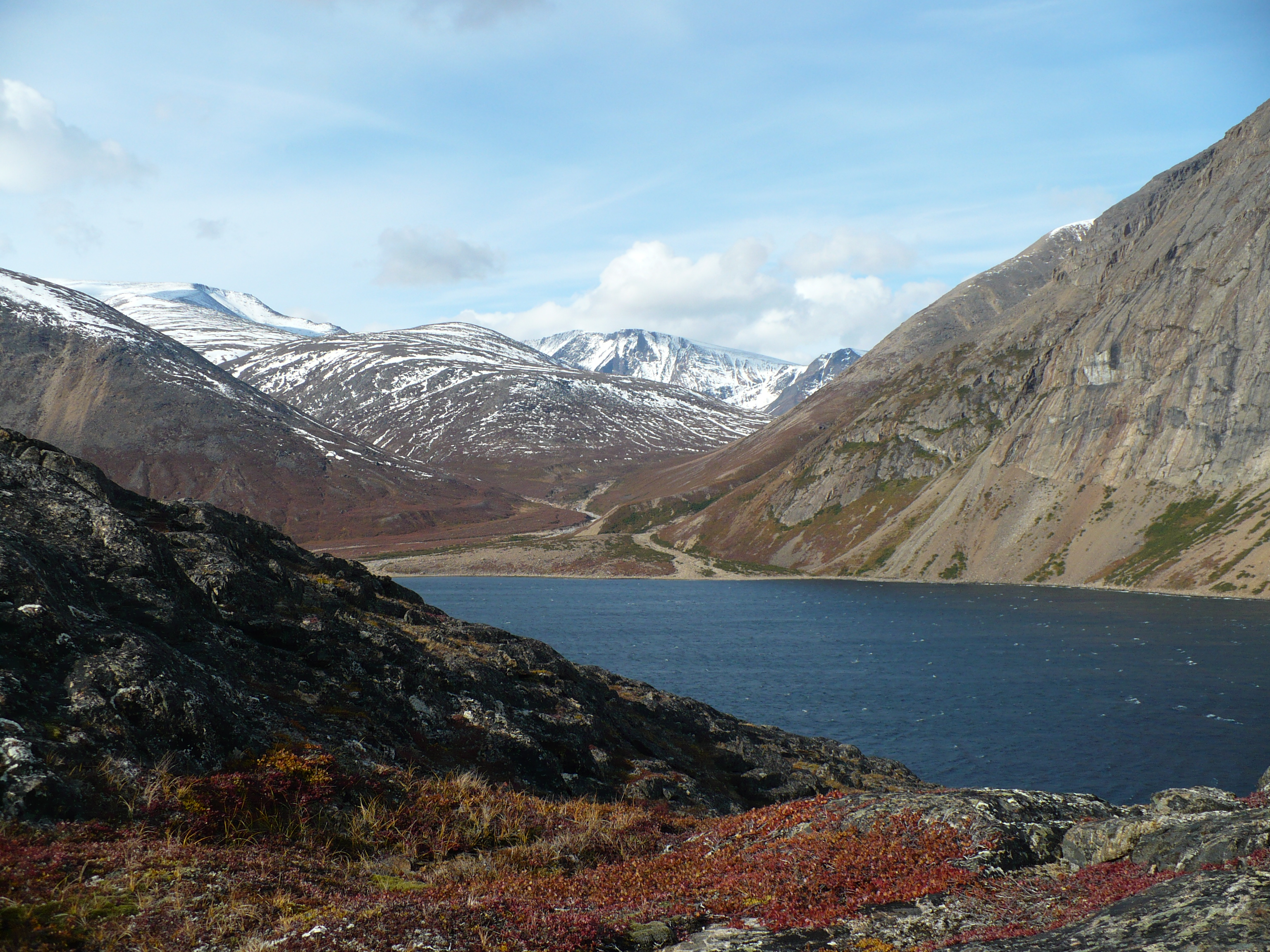When you travel, people often use the phrase “be like one of the locals” as advice to fully immerse yourself in a culture. This concept is the easiest way to understand the importance of consulting indigenous people when conducting research in an environment that has been inhabited by a community for generations. To put it into perspective: imagine you’ve been sent into foreign territory to research an unfamiliar species. You need to find and explore their habitat, observe their diet and feeding habits and determine their population size. Now imagine you find a community living in this ‘new’ land who hunt, fish, and gather wild plants for sustenance. Wouldn’t it be common sense to ask the locals if they know anything about the species you’re trying to find?
Although this may seem like a simple concept, First Nations communities have been overlooked for far too long by scientists as a resource for information when collecting scientific data for wildlife biology, ecology, environmental planning, etc. Indigenous peoples have been living off the land for generations, a lifestyle that requires an immense amount of knowledge regarding the location of specific species during each season to survive in a climate that gives us extreme weather such as our unforgiving Canadian winters. For generations this information was often passed on through oral tradition, such as storytelling, which is a major contrast to the countless written records that were kept by Western civilizations. However, a lack of physical records does not mean there is less validity in oral tradition. Oral tradition often focuses on the relationship between people and the environment, so although there may be some mythology occasionally mixed into information passed on, the moral of each story has its roots in someone’s real experience and/or observation.
When studying the Arctic landscape, consulting indigenous communities is crucial, and often essential, for survival. With no other inhabitants in the area, and a climate that will not spare a wandering scientist hoping to find their species of interest in the vast open arctic, the best choice is to swallow your pride and ask for directions. The Inuit people traditionally have heavily relied on hunting wildlife populations for their survival due to a lack of vegetation for most of the year; therefore, it would be essential to observe trends such as population size, migration patterns and feeding habits. Inuit traditional knowledge is called IQ, which stands for Inuit Qaujimanituqangit, or “that which has long been known by Inuit”. This term shows how undervalued traditional knowledge is, as we rarely consider that this is just basic knowledge to the Inuit. We often put data presented by scientists up on a pedestal, when in reality a group of researchers could make a number of records and observations over a two-year period, and use plenty of complex scientific jargon in their mile long paper; but it could be a completely inaccurate representation of a population compared to observations made by Inuit over decades that has simply been passed on by word of mouth.
A more local example of the integration of indigenous communities into scientific projects is the Unama’ki Institute of Natural Resources (UINR) located in Cape Breton, Nova Scotia. UINR serves as the voice of the Mi’kmaq people of Cape Breton in discussions regarding natural resource management and environmental stewardship of natural environments such as the Bras d’Or Lakes. Institutes such as this promote education and employment in STEM within the Mi’kmaq community, as well as the preservation of traditions that involve the natural environment such as hunting. One program undertaken by UINR is the Moose Management Initiative. This initiative partners with the Nova Scotia Department of Natural Resources and Parks Canada to control the moose population in the Cape Breton Highlands National Park. Mi’kmaq hunters were given exclusive access to hunt moose in the national park to reduce an abundant population that would have overwhelmed the natural environment. Although this was considered controversial among non-Mi’kmaq hunters in the area, and highly criticized for being “unfair”, the harvest was successful, and traditional feast was prepared with excess meat being donated to food banks.
This brings on difficulties that come with working with indigenous communities. In cases such as the moose hunt, it is often seen as unfair to non-Mi’kmaq people that opportunities are being exclusively offered to First Nations people, particularly in areas of already-high unemployment such as Cape Breton. The acknowledgement that First Nations people are a marginalized community and deserve these opportunities is a difficult one to make when you’re struggling to make ends meet. On the other side, First Nations elders can be wary in participating in programs with non-indigenous people, with very real, and valid concerns about being exploited or treated unfairly. Coming together and removing any prejudices about either group is of the utmost importance for having a successful collaboration in any situation, but it is particularly important when dealing with indigenous communities.
The First Nations people of Canada knew the landscape long before the arrival of Western science, but their wealth of knowledge was rarely or never used to its full potential to provide us with information regarding the ecology of North America. With more efforts being put towards including First Nations communities in processes such as environmental planning and wildlife management, the relationship between scientists and indigenous communities continues to improve. Overall, the collaboration of scientists with indigenous communities fosters a sense of cohesion between the tradition and science rather than one of animosity, encourages education and employment opportunities for First Nations people, provides insight and information to scientists, and can create economic stimulus through industry, resulting in a beneficial situation for all parties.
Laura Porter-Muntz is a fourth year Biology (Co-op) student and Science Editor of The Athenaeum





